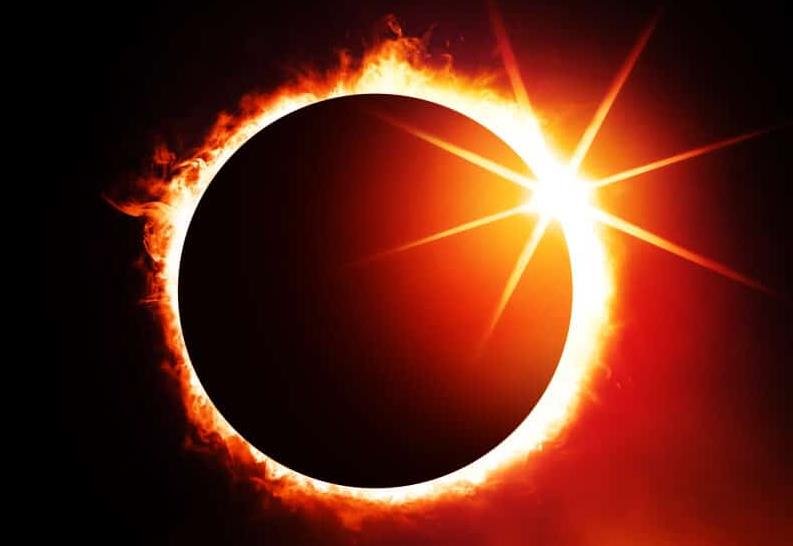On Saturday, October 14, 2023, a spectacular celestial phenomenon took place over North, Central and South America as an annular solar eclipse created a “ring of fire” in the sky. Millions of people witnessed this rare event, which was the last of its kind in this part of the world until 2046.
What is an annular solar eclipse?
An annular solar eclipse occurs when the moon passes between the sun and the Earth, but it is at the farthest point in its orbit from our planet. This means that the moon appears smaller than the sun and cannot completely cover it, leaving a bright ring of sunlight around its dark silhouette. This is also known as the “ring of fire” effect.
An annular solar eclipse is different from a total solar eclipse, where the moon completely blocks the sun and creates a dark shadow on Earth. A total solar eclipse will happen next in April 2024, and will be visible from parts of Mexico, the United States and Canada.

How to watch the ‘ring of fire’ eclipse safely
The ‘ring of fire’ eclipse was visible from Oregon to Texas in the United States, as well as parts of California, Idaho, Colorado and Arizona. It also crossed Mexico, Belize, Honduras, Panama and Colombia before ending off the coast of Brazil.
The eclipse began in Oregon at 9:13 a.m. PDT (12:13 p.m. EDT) and ended in Texas at 12:03 p.m. CDT (1:03 p.m. EDT). The duration of the annularity, or the ring of fire phase, varied from place to place, ranging from less than a minute to more than four minutes.
Those who were not in the path of the annular eclipse could still see a partial solar eclipse, where only part of the sun was covered by the moon. This was visible in all 49 continental US states, including Alaska, as well as parts of Canada and South America.
To watch the eclipse safely, it was important to use proper eye protection, such as special eclipse glasses or viewers. Looking directly at the sun without protection can cause permanent eye damage or blindness. Regular sunglasses or homemade filters are not safe for viewing an eclipse.
NASA livestreams the ‘ring of fire’ eclipse
For those who could not see the eclipse in person, NASA hosted a livestream on its YouTube channel, featuring conversations with scientists and telescope views from across the country. The livestream began at 11:30 a.m. EDT and showed views from Albuquerque, New Mexico; Kerrville, Texas; and White Sands, New Mexico.
NASA also shared images and videos of the eclipse on its social media platforms, such as Twitter and Instagram. Many people also posted their own photos and videos of the eclipse online, using hashtags such as #RingOfFireEclipse and #SolarEclipse2023.
NASA explained that studying solar eclipses can help scientists learn more about the sun’s structure, atmosphere and magnetic field. Eclipses can also reveal new information about how the sun affects Earth’s climate, weather and technology.
The next ‘ring of fire’ eclipses
The next annular solar eclipse will occur on February 17, 2024, but it will not be visible from North America. It will be seen from parts of Antarctica, South Africa and Australia.
The next ‘ring of fire’ eclipse that will be visible from North America will happen on October 14, 2046. It will cross parts of Canada, Greenland, Iceland and Russia.
Until then, those who witnessed Saturday’s ‘ring of fire’ eclipse can cherish their memories of this rare and beautiful sight.
